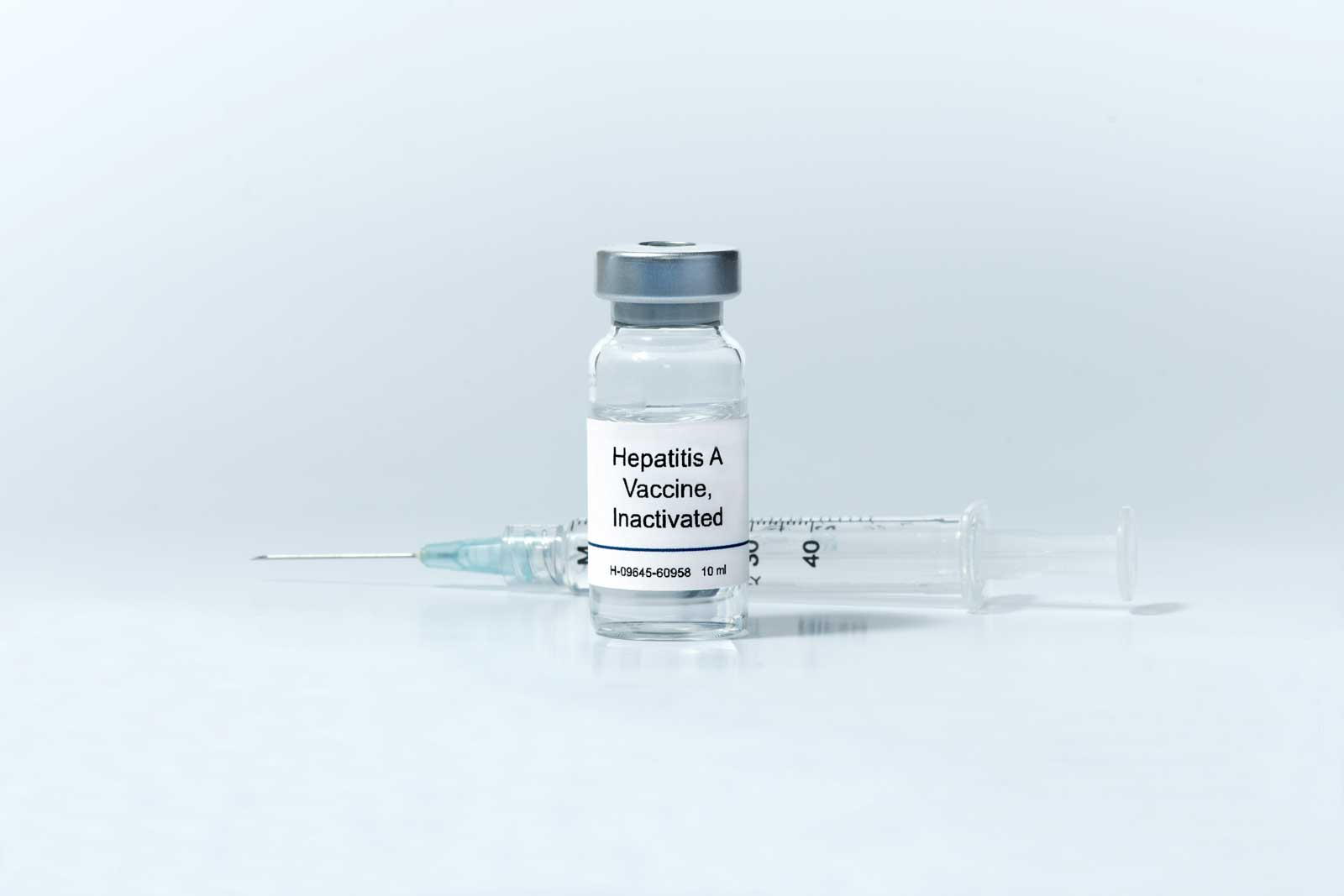The hepatitis A vaccine has been used for years in high-risk areas such as Western states and in children and adults traveling overseas where hepatitis A is very common. In October, 2005 the recommendations changed and it is now recommended that all children in the United States receive the hepatitis A vaccine. It is recommended to be routinely given at 12 and 18 months of age; it can also be given to older children who have not yet received the vaccine.
What is hepatitis A?
Hepatitis A is a liver disease caused by the hepatitis A virus. It is the most common form of hepatitis in the United States, with an estimated average of 271,000 cases every year. The disease is often very mild, so the number of actual cases is probably much higher than the number of reported cases.
The disease is spread like other gastrointestinal (GI or stomach) viruses, through the fecal-oral route. The disease is common in children and often spreads through households and family contacts. It can also spread through daycare centers and preschools. It is spread by contact from child to child and can also be spread through contaminated food and drinking water. The disease is usually quite mild in children and more severe in adults; adults usually get the disease from young children who may not appear to be ill.
Children with hepatitis A may have no symptoms at all, or may have mild stomach virus symptoms including fever, vomiting, and/or diarrhea. Symptoms are more common and more severe in older children and adults. A smaller number of people with hepatitis A will have signs and symptoms of hepatitis, including jaundice (yellow skin and eyes) and abdominal pain. The disease can last from several days to several weeks. Hepatitis A does not usually cause long-term illness, permanent liver damage, or other complications. However, hepatitis A can rarely cause liver failure and death without a liver transplant; about 100 people die each year from hepatitis A.
The Vaccine
There has been a vaccine for hepatitis A since 1995. It is made from inactivated (killed) hepatitis A virus. It is believed that immunity will last for up to 20 years, but the vaccine has not been used long enough to tell for sure at this time. The vaccine is about 95% effective at preventing hepatitis A. The vaccine was initially used in children ages 2 and up; in 2005, the FDA approved the vaccine in children as young as 12 months. That same year, the committee that makes vaccine recommendations for the United States voted to recommend that all children in the US receive the vaccine; the recommended ages for the two-dose vaccine are 12 and 18 months. Older children who have not received the vaccine can also receive the vaccine.
What are the side effects?
The most common side effects are local pain and occasionally swelling; these are reported in about half of people getting the vaccine. Some children may also have mild fever or fatigue. There are not any known serious side effects of the vaccine.
Why did the recommendations change?
Starting in 1996 the US has implemented a gradual strategy of hepatitis A vaccination, starting in the highest risk communities, then the highest risk states and counties, and now universally for all children in the country. The vaccine has been very successful in high risk areas, and now the entire country experiences roughly the same rate of infection.
Our recommendations
I do not see many cases of hepatitis A here in this part of Georgia, although the rate is reportedly higher in Fulton County. If I am seeing children with it, it is mild enough to just look like any other mild stomach virus. I have seen cases of it before, including very serious cases with complications. Apart from vaccination, the disease would probably become more common as global travel increases.
At this time, I am not strongly in favor of or against the vaccine. It is recommended by most experts that all children receive the vaccine, though some disagree with the universal recommendation. The vaccine appears to be very safe and effective and well-tolerated. The benefits appear to outweigh the risks at this point, but again the disease is not very common and is usually quite mild. At this point, we are simply informing parents of the recommendations and about the disease and the vaccine. As with other vaccines, the ultimate choice is up to the parent.
Resources
Hepatitis A Vaccine Information Statement (VIS) from the CDC
References
Prevention of Hepatitis A Through Active or Passive Immunization MMWR, May 19, 2006, Vol 55, #RR-07

